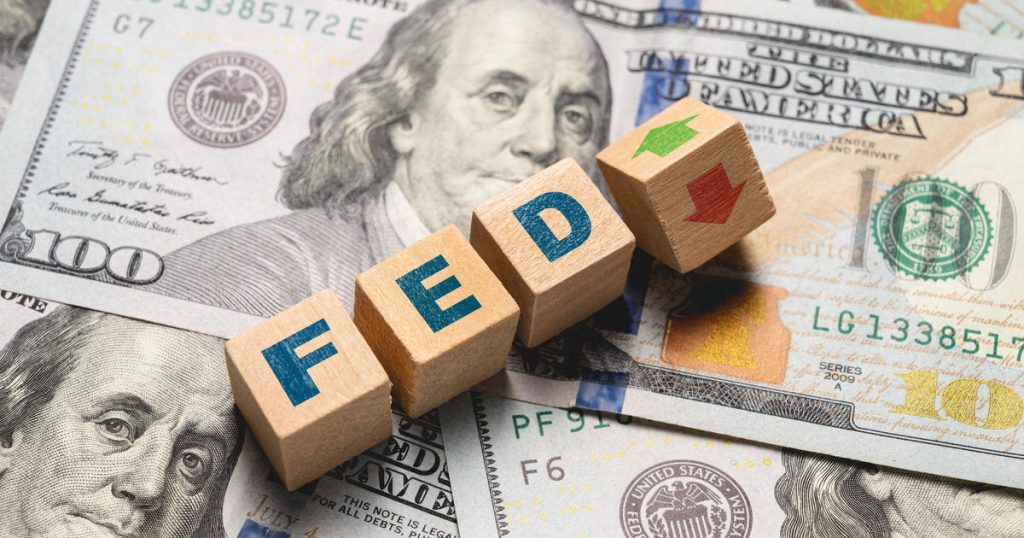Inflation showed signs of cooling in July, reaching its lowest level in three years. This decline positions the Federal Reserve to consider cutting interest rates at its upcoming meeting. The report from the Labor Department revealed that consumer prices only rose by 0.2% from June to July, after experiencing a slight decline the previous month. Prices increased by 2.9% in July from a year earlier, down from 3% in June, marking the smallest 12-month increase since March 2021, following the pandemic. Economist Ryan Sweet of Oxford Economics believes that this data gives the Fed the opportunity to cut interest rates by 25 basis points in September.
The majority of the July inflation increase was attributed to higher rental costs and housing prices, with shelter accounting for nearly 90% of the monthly rise. Energy prices remained steady after a couple of months of decline, while costs for used vehicles, medical care, airline tickets, and apparel decreased from June to July. Chief U.S. economist Rubeela Farooqi emphasized that the inflation numbers were in line with expectations and indicated that there was no significant crash in prices, as might be expected in a struggling economy. This report is likely to boost the Fed’s confidence that inflation is moving towards a sustainable path of 2%, potentially leading to rate cuts as early as next month.
The Fed has been gradually increasing interest rates in an effort to control inflation while supporting the U.S. economy. However, a weaker than expected July jobs report raised concerns about the labor market’s ability to withstand high rates, prompting predictions that the central bank will cut its benchmark rate at the next meeting in September. Alongside inflation concerns, the soft jobs report led some investors and analysts to worry about the risk of a recession. The Federal Reserve is expected to pursue a series of modest rate cuts rather than drastic reductions, in response to the evolving economic conditions.
The continued cooling of inflation is a positive sign for the economy, as it suggests that prices may be stabilizing. The Fed’s potential interest rate cuts could help stimulate economic growth and alleviate concerns about rising costs. The focus on maintaining a balance between controlling inflation and supporting economic activity is crucial for the Federal Reserve as it navigates uncertain economic conditions. By monitoring key indicators such as inflation, jobs data, and consumer prices, the Fed can make informed decisions to guide the economy through potential challenges. Overall, the recent inflation data points to a cautious but optimistic approach by the Fed to support the economy.


